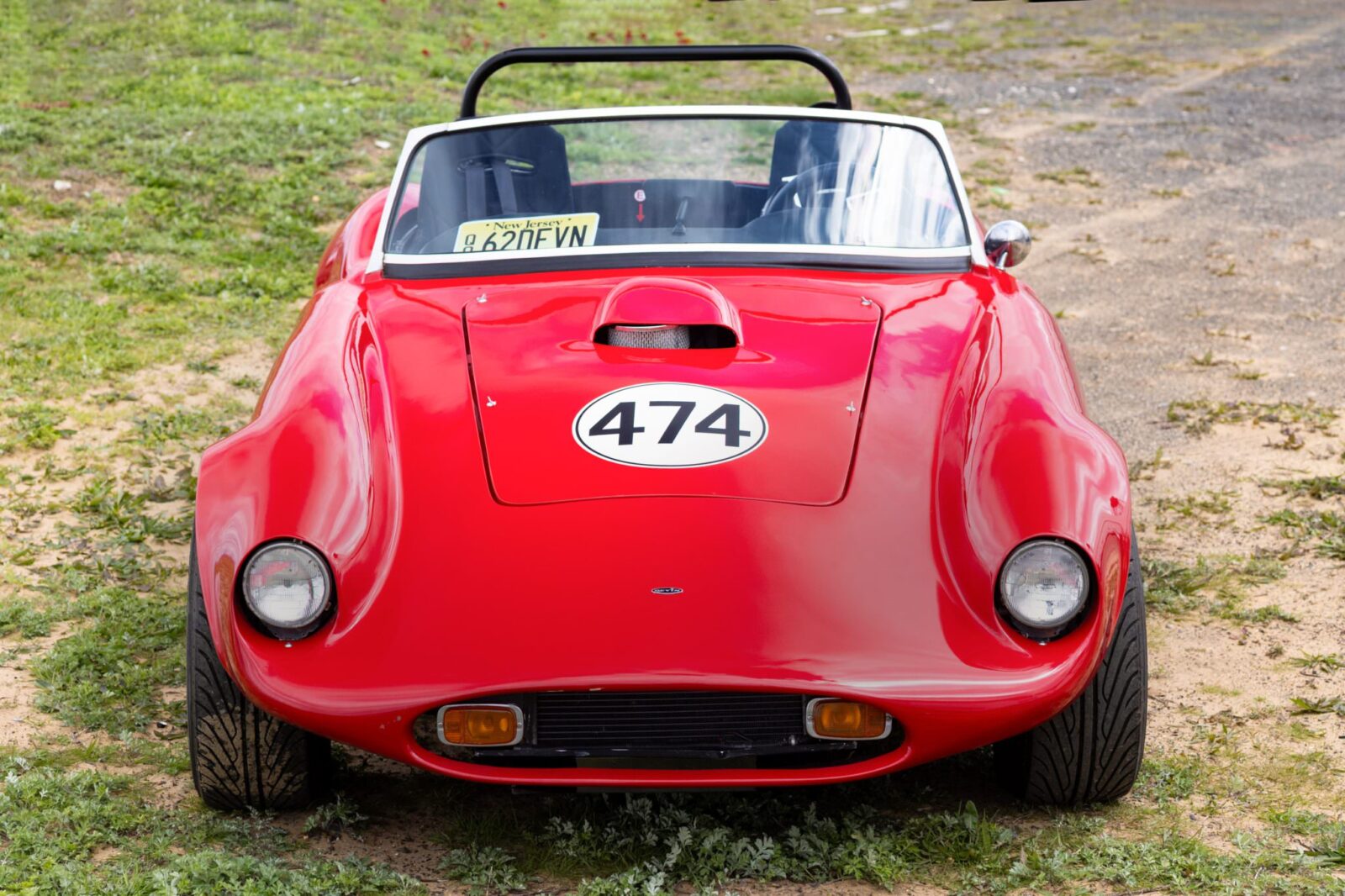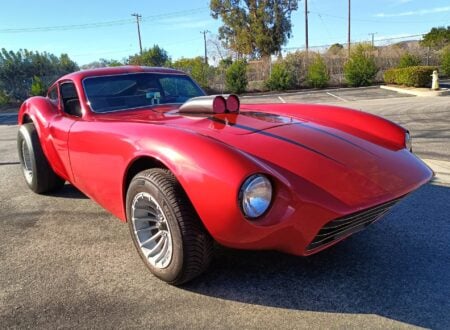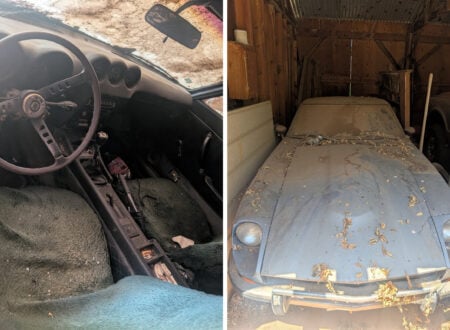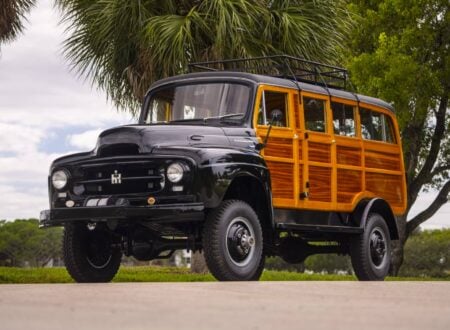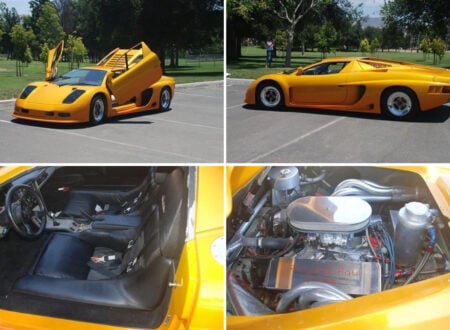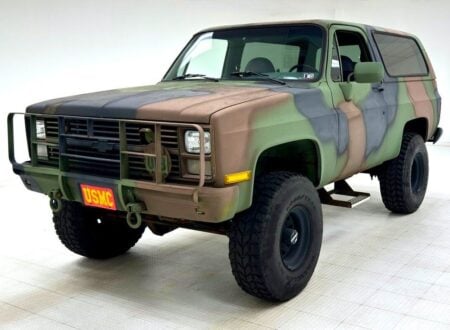This is a 1960s-era Devin Special that was originally set up for drag racing, before being converted into a road-legal sports car, and then converted once again into the car it is today – an SCCA race car that can also be driven on the street.
Devin Enterprises was a hugely influential American car manufacturer that offered both turnkey sports cars and kit cars that people could build at home. They soon became a common sight on the race tracks of North America, where they would frequently humble far more expensive cars from the likes of Ferrari, Jaguar, Aston Martin, Maserati, and others.
Fast Facts – A 1960s Devin Special
- This particular Devin Special is a 1960s American sports car that evolved from a drag racer to a road-legal car, and finally into an SCCA race car. Built originally with an Oldsmobile V8 and later a Chevrolet 327 V8, it has a 4130 steel tube chassis, Jaguar E-Type independent rear suspension, four wheel disc brakes, and uprated components throughout.
- Bill Devin, founder of Devin Enterprises, pioneered lightweight car design using fiberglass. Drawing from his early experiences in mechanics and wartime engineering, he developed modular molds for car bodies and even invented the automotive toothed timing belt, though tragically he did not patent the idea.
- Devin Enterprises produced several key models, including the Devin SS with a small-block Chevy V8, the Devin D using VW components, and the Corvair-powered Devin C. Devin cars achieved significant success in motorsport, including national championships and class wins both in the United States and internationally.
- Today, Devin Enterprises continues to operate, offering memorabilia and three car models. The Devin Special shown here has been refurbished and upgraded for improved performance and is currently for sale through Bring a Trailer.
The Incredible Story Of Bill Devin
Bill Devin was born in 1915 in Rocky, Oklahoma. As a young man he would become a key figure in the American automotive landscape of the time – thanks to his unique approach to car design and his use of lightweight fiberglass for manufacturing.
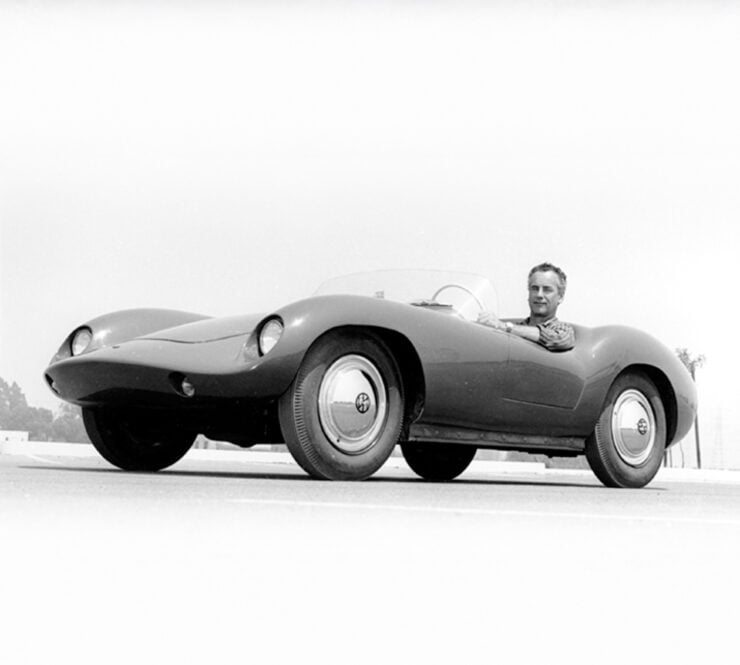

His early exposure to cars came from his father’s automotive repair shop and later a family owned Chevrolet dealership. This upbringing imbued Devin with deep mechanical aptitude, and perhaps unsurprisingly led to him building his first vehicle – a small open-top car for his younger brother – made using a gasoline-powered washing machine engine and a metal sign for the body that had been hammered into shape.
During World War II, Devin served in the U.S. Navy as a machinist, gaining valuable experience in creating and repairing parts, and maintaining landing craft. After the war he opened several car dealerships taking after his father, including both Chrysler-Plymouth and Crosley franchises.
His first real foray into racing began with a modified Crosley Hotshot, an incredibly small, lightweight car, which he successfully campaigned at a number of events, including races in California at Pebble Beach and Palm Springs.
Devin Enterprises Begins
It seems likely that his appreciation for the benefits of small, lightweight race cars led to the next step in his life, the step that would make him a household name in classic car circles. In 1954, he founded Devin Enterprises in California, focusing on producing lightweight fiberglass car bodies and complete turnkey vehicles.
His first creation was the Devin-Panhard, it was built around a modified Panhard Dyna Junior chassis and a body molded from a Deutsch-Bonnet Le Mans race car. Devin’s modifications to the 745cc Panhard engine included pioneering the use of a belt-driven overhead camshaft system, marking the first application of a toothed timing belt in an automotive engine.
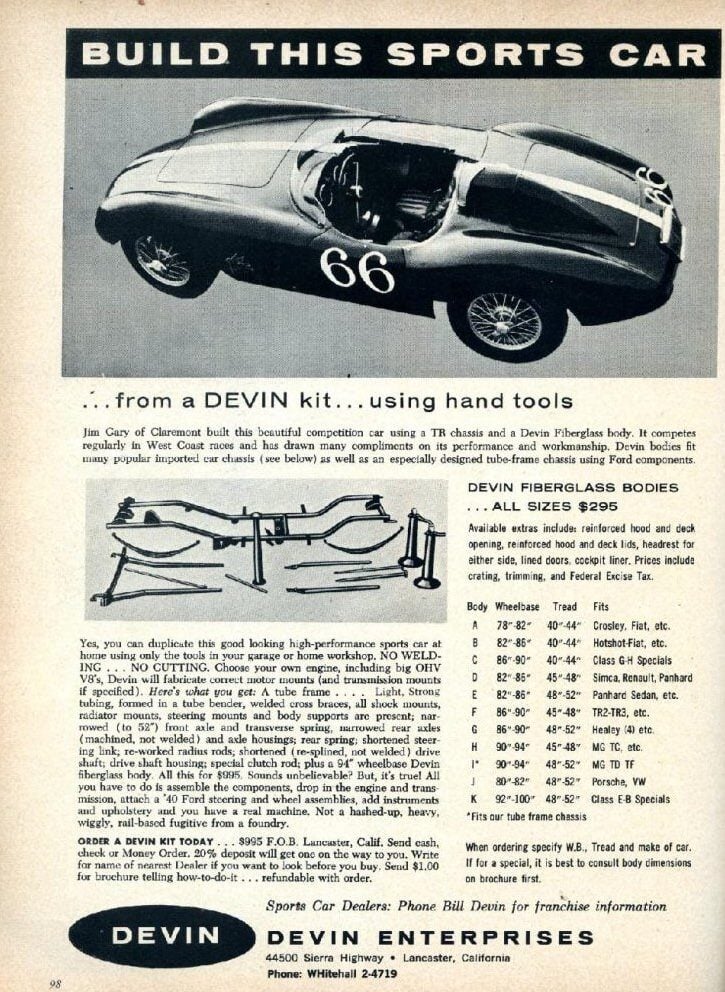

Sadly for Bill, he didn’t patent the idea. He just wanted a lightweight racing engine, but his invention of the toothed automotive timing belt would soon become commonplace. It would be used in the production of millions of automobiles – it still remains in production today with many marques.
Devin’s Clever Modular Molding System
Devin’s approach to fiberglass body manufacturing was ingenious – he developed a system of 50 individual molds that could be assembled in various configurations, allowing bodies to be created that fit a wide range of chassis sizes – from small cars like the Crosley to larger models like the Austin-Healey 3000.
This modular system resulted in Devin Enterprises becoming the world’s largest manufacturer of aftermarket fiberglass car bodies during the 1950s and 1960s.
The Devin SS Arrives
Building on the success of his fiberglass bodies, Devin soon expanded into producing complete vehicles. The Devin SS, introduced in 1958, featured a custom chassis and a Chevrolet small-block V8 engine.
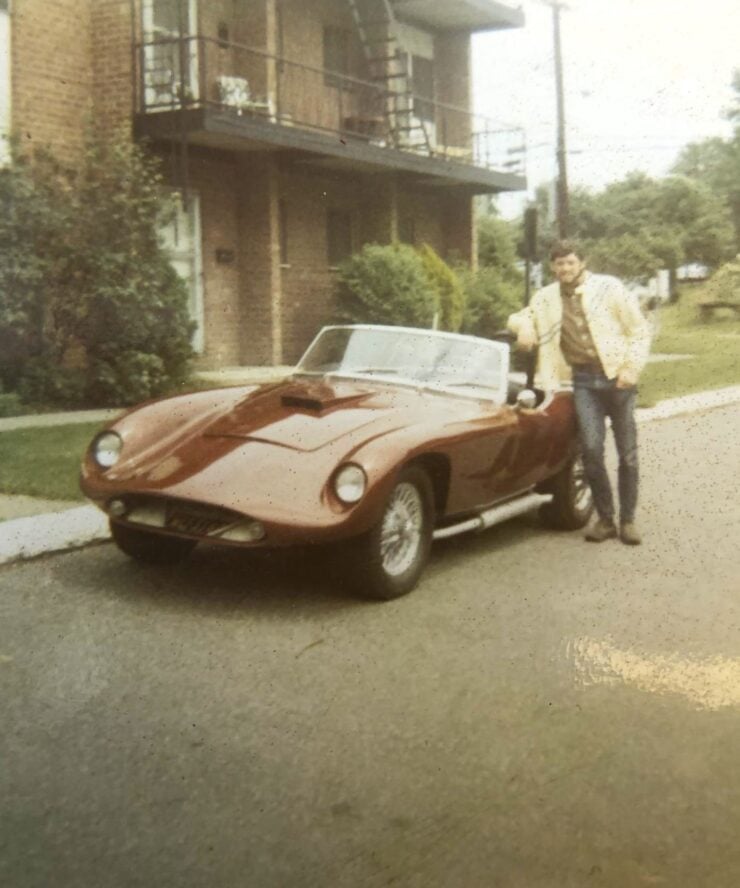

The car’s lightweight construction and gutsy V8 offered excellent performance – with a 0 – 62 mph time of 4.8 seconds and a top speed of 140 mph – these were impressive figures for the time and more than enough to humble exotic European sports cars costing many times as much.
The Devin D
The Devin D was launched in 1959, this model was designed as a more affordable car and as such, it utilized a Devin-designed ladder frame and a fiberglass body, with suspension components sourced from the ubiquitous Volkswagen Beetle.
Power came from rear-mounted engines, typically flat-fours from either from Volkswagen or Porsche. The Devin D was offered in both kit form and as a complete car, and as they were lighter than vehicles like the Porsche 356 but could be powered by the same engine and race in the same displacement class, it was a regular winner.
The Devin C
Following the release of the Chevrolet Corvair, Devin introduced the Devin C, which shared the Devin D’s body but had a new chassis adapted to accommodate the Corvair’s more powerful air-cooled flat-six.
The Devin C could be built with any of the Corvair engines, including the turbocharged Spyder engine, which made it a genuine performer in the right hands.
Devins In Motorsport
Devins achieved many notable successes in competition. In 1956, a Devin-Panhard won the Sports Car Club of America’s (SCCA) hotly-contested H-Modified National Championship.
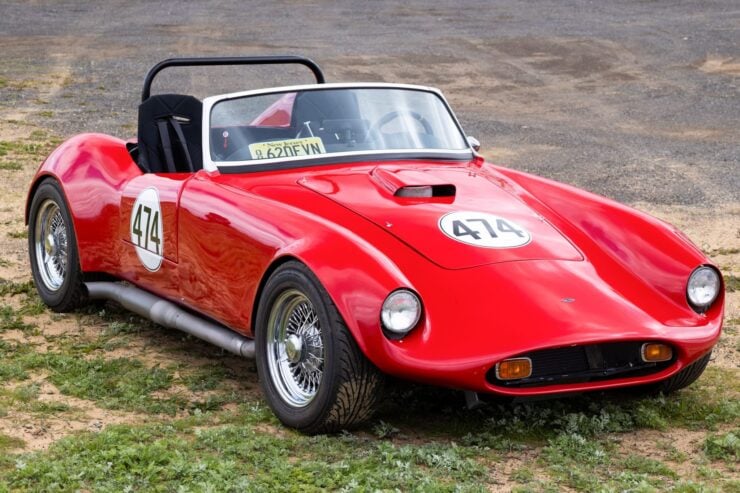

The Devin SS and various Devin Specials would take multiple class wins and podium finishes between 1958 and 1963. The Chevrolet-powered Devin “Trouble Maker,” driven by Joe Lunati, won the AM/SP gas class title at the NHRA Nationals in 1964, 1965, and 1966.
There were countless other wins and podium finishes at club sport level across the country, and even as far away as England, Australia, South Africa, and New Zealand.
Devin is still in business today producing three models, and offering a range of apparel, hats, stickers, and a mug – all carrying that iconic Devin logo.
The Devin Special Shown Here
The car you see here is a Devin Special that was built in the 1960s for drag racing, and was fitted with an Oldsmobile V8 at the time. It was later converted into a sports car for street use, in 1982 its current incarnation began to take shape – it was once again modified – this time with a small block Chevrolet V8, then driven in SCCA races in the New England area.
The car was given a refurbishment in 2013, this included a rebuild of the small block Chevrolet V8 by Gaerte Engines of Indiana, with NASCAR-specification aluminum cylinder heads, 10.5:1 compression-ratio pistons, roller rockers, a Holley 650 cfm carburetor, and Offenhauser valve covers.
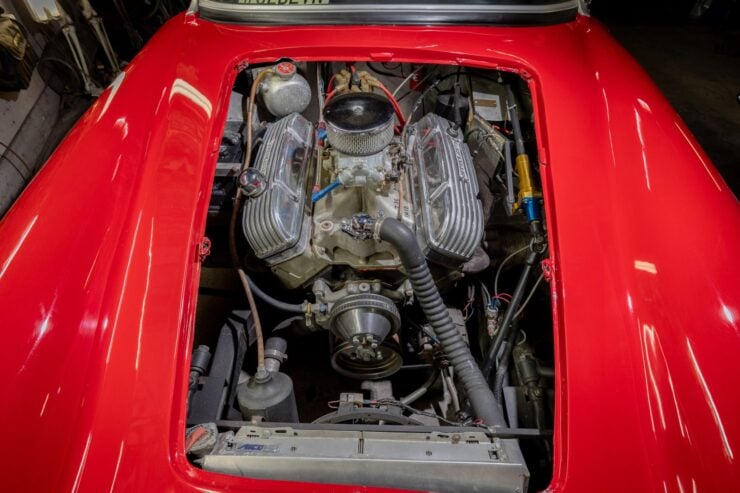

It has a chassis made from 4130 steel tubing and has independent front and rear suspension, with the rear suspension being sourced from a Jaguar E-Type – including the inboard rear disc brakes. The car rides on Dayton 15” knockoff wire wheels with Yokohama tires, and it has AFCO coilovers on all four corners, front and rear sway bars, and an adjustable rack-and-pinion steering assembly.
The car is now being offered for sale on Bring a Trailer out of Keyport, New Jersey with a New Jersey title. If you’d like to read more about it or place a bid you can visit the listing here.
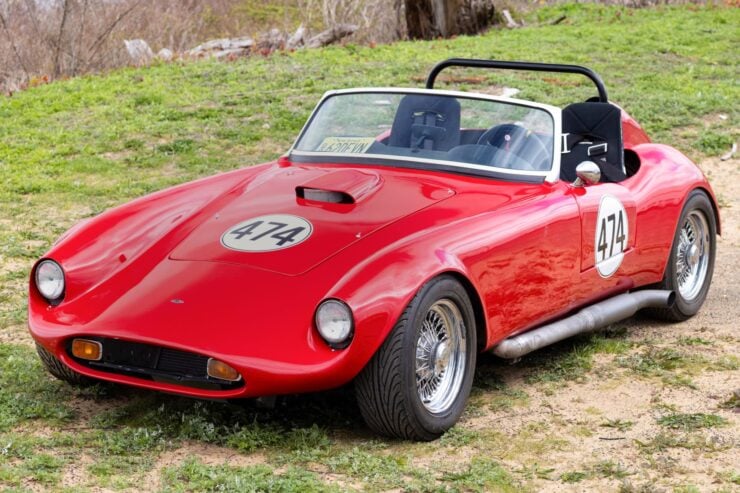
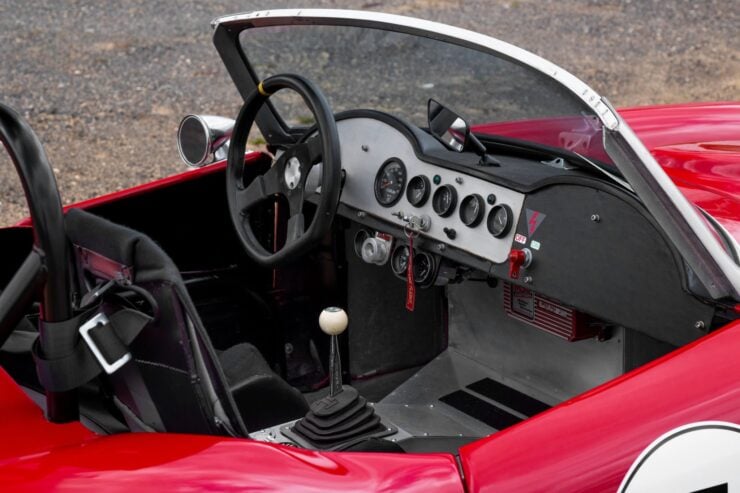
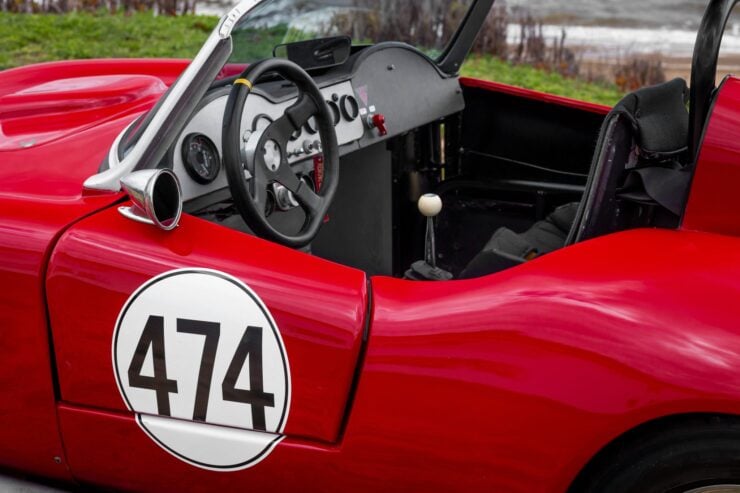
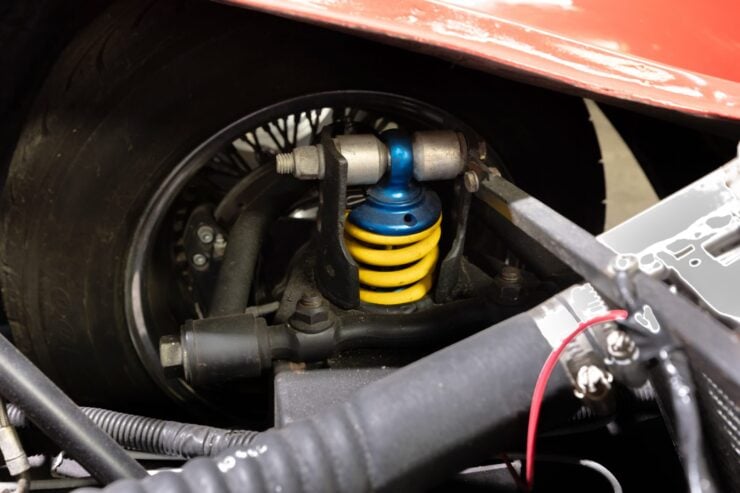
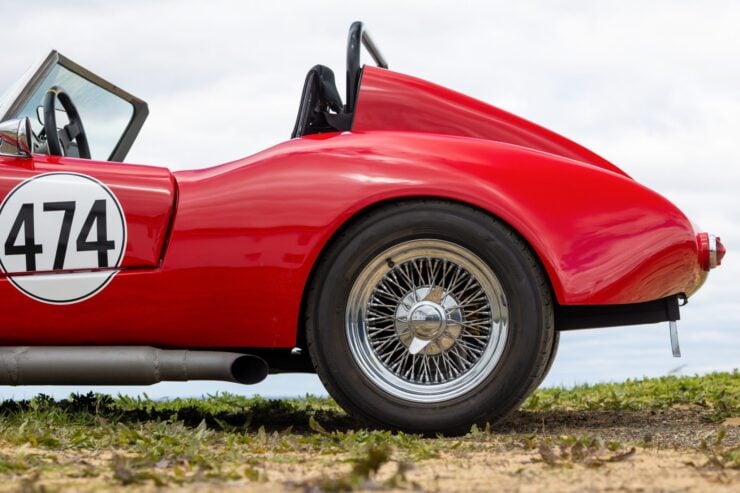
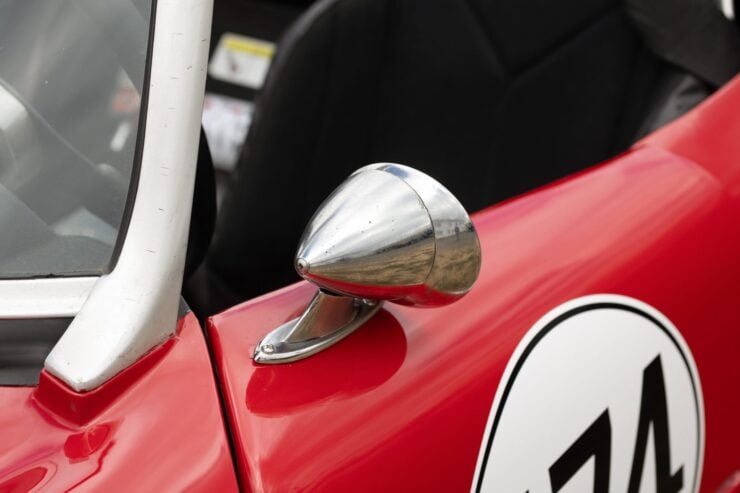
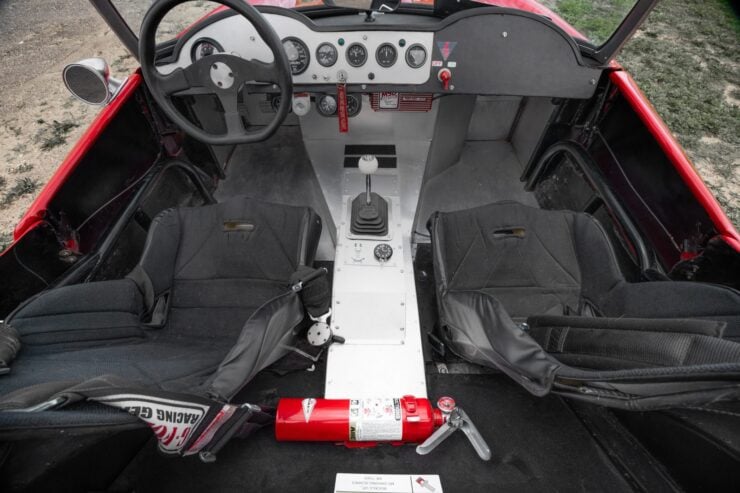
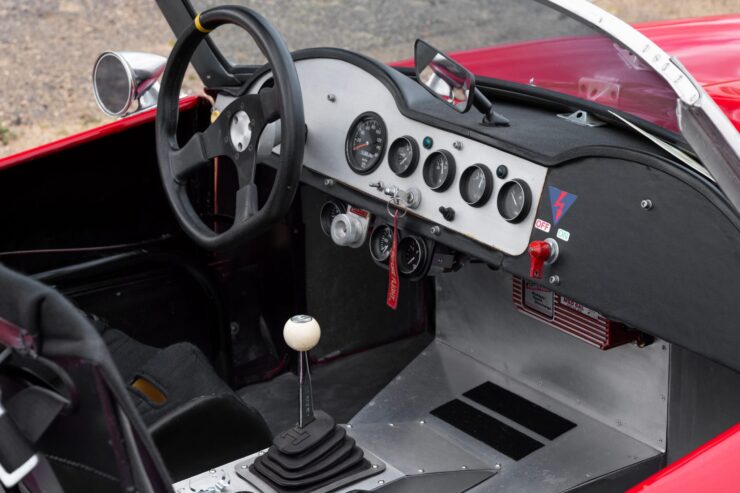
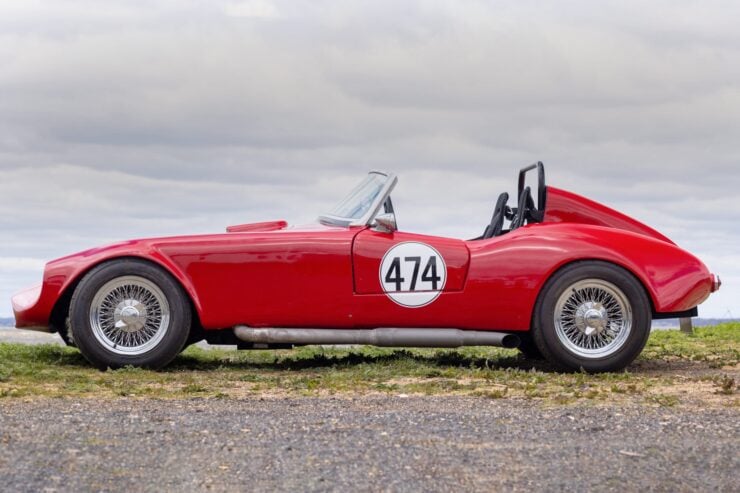
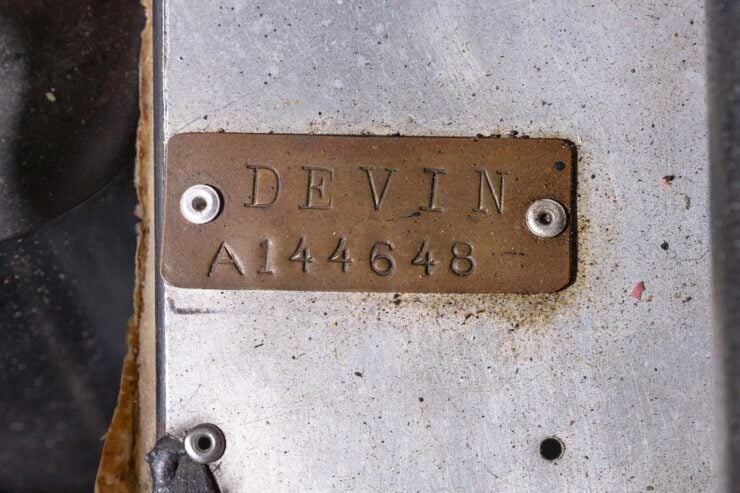
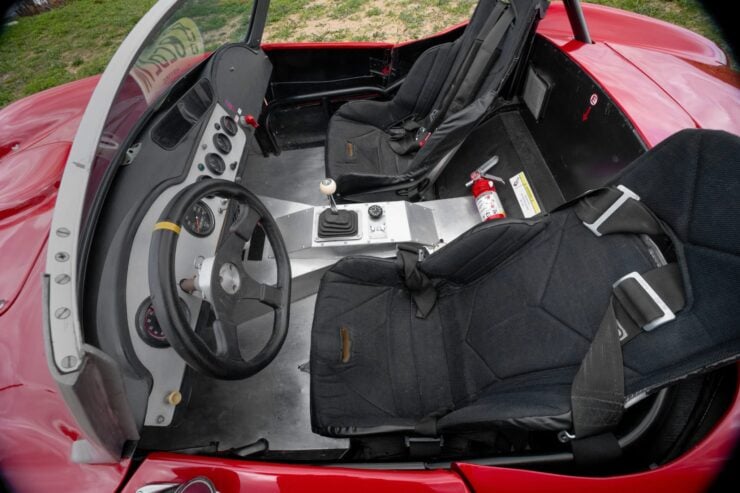
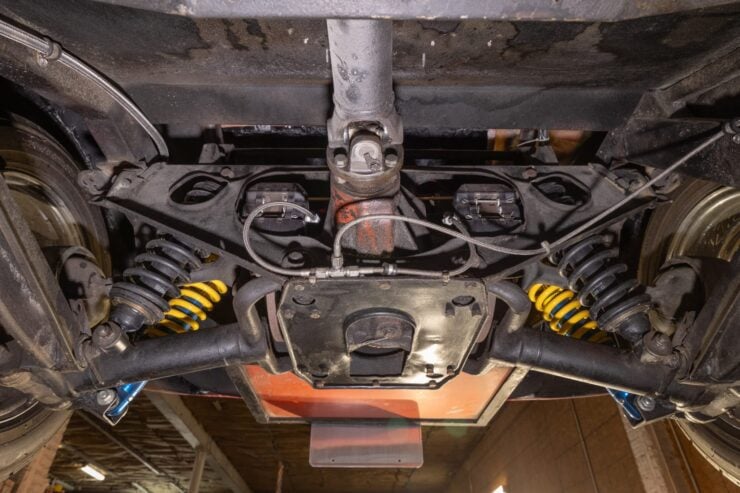
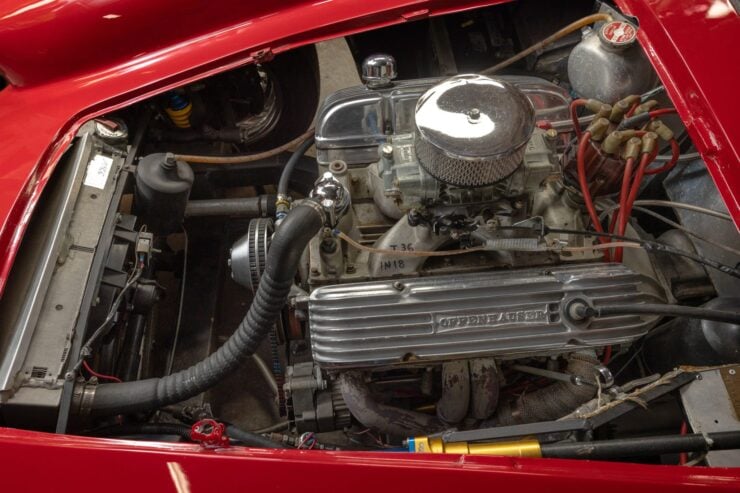
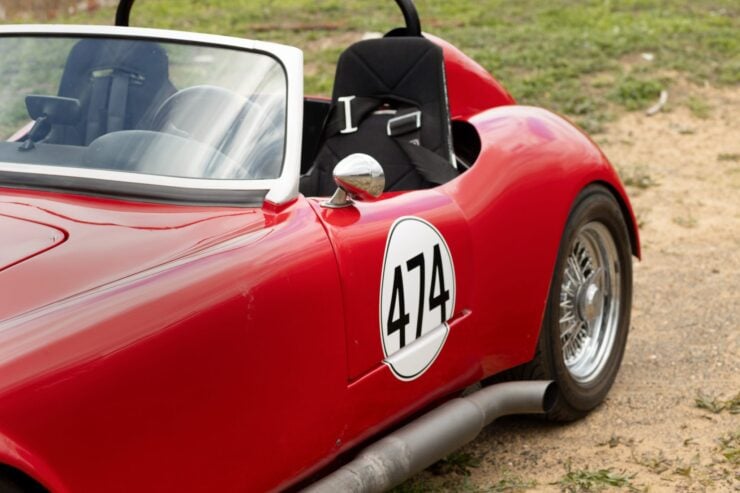
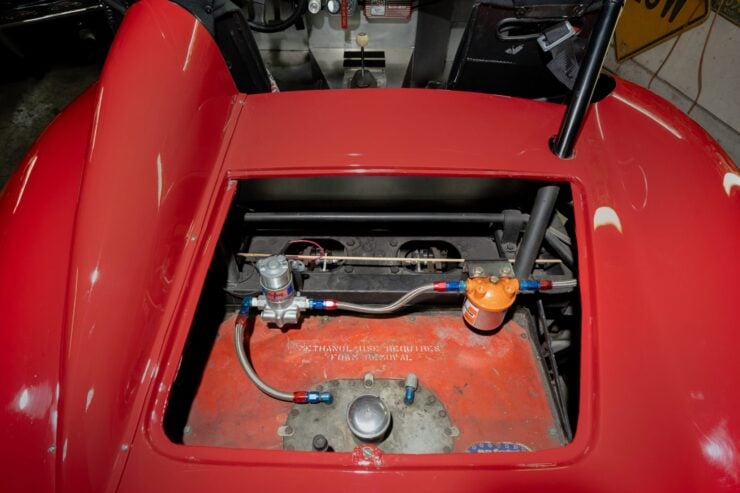
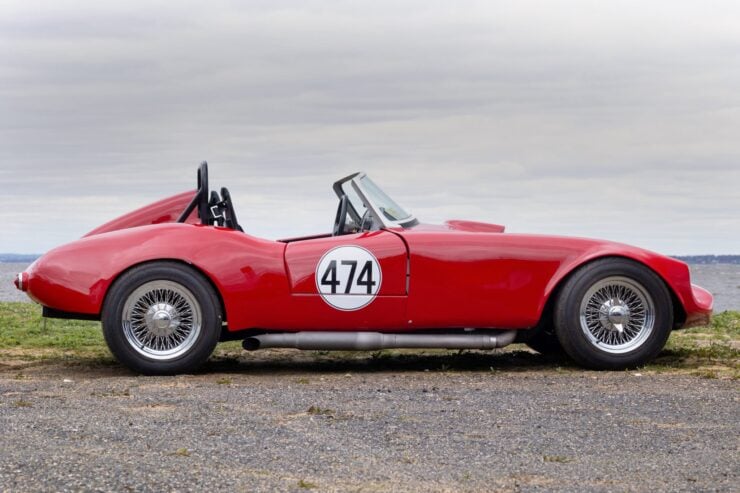
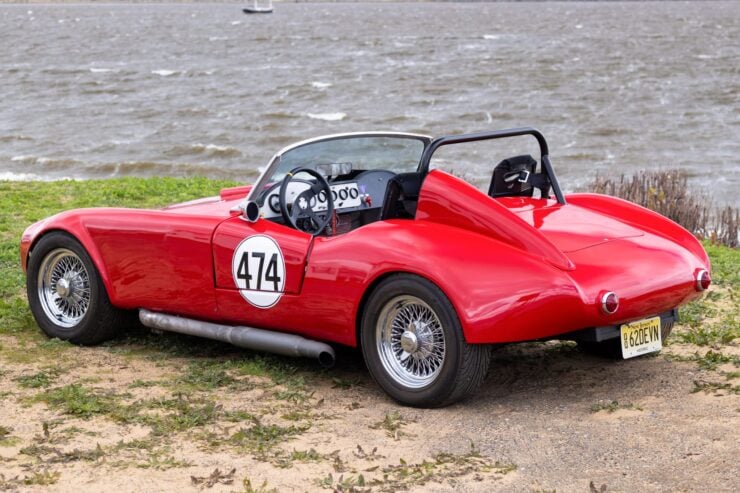
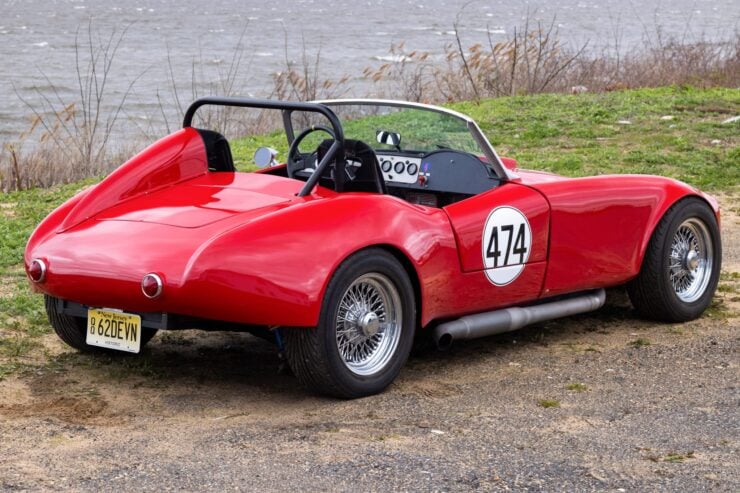
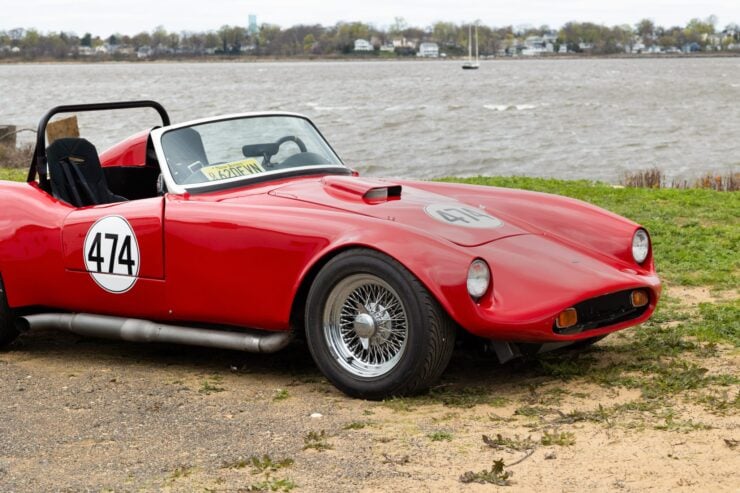
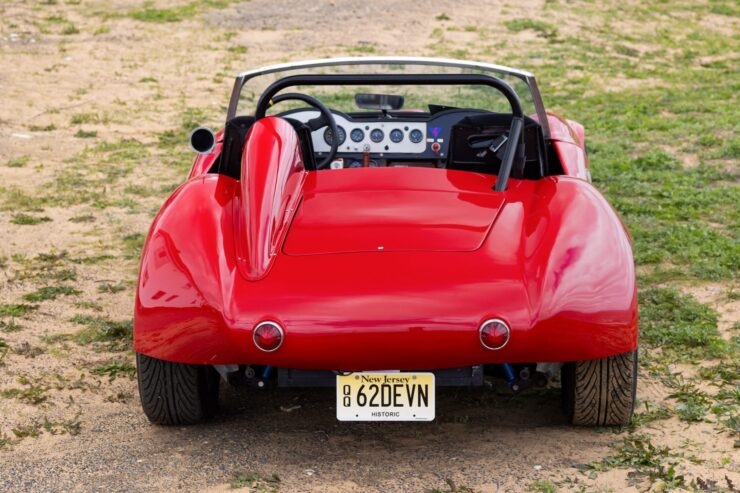
Images courtesy of Bring a Trailer

